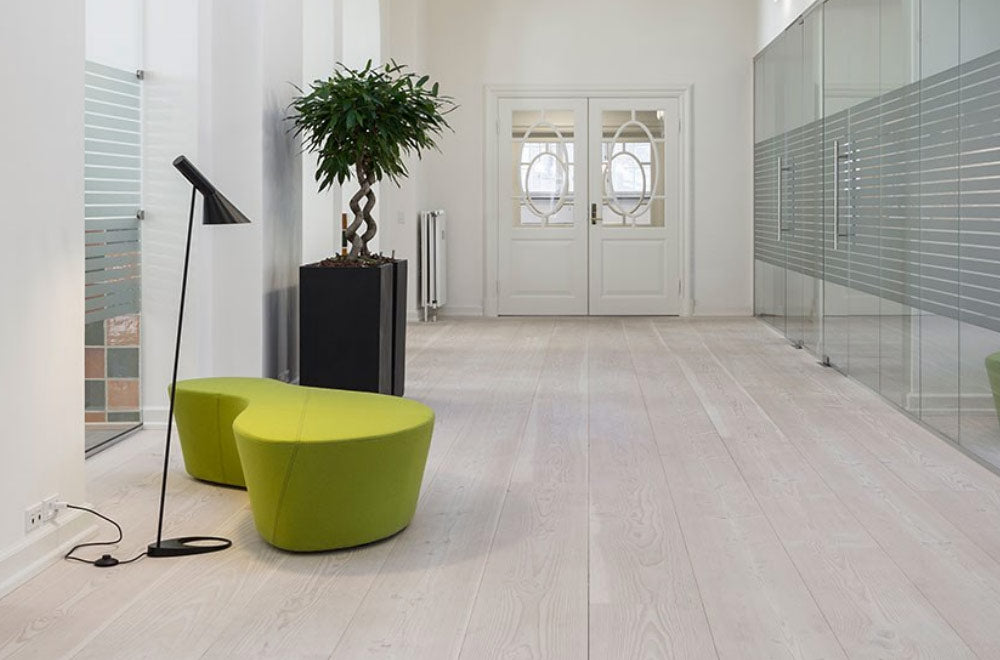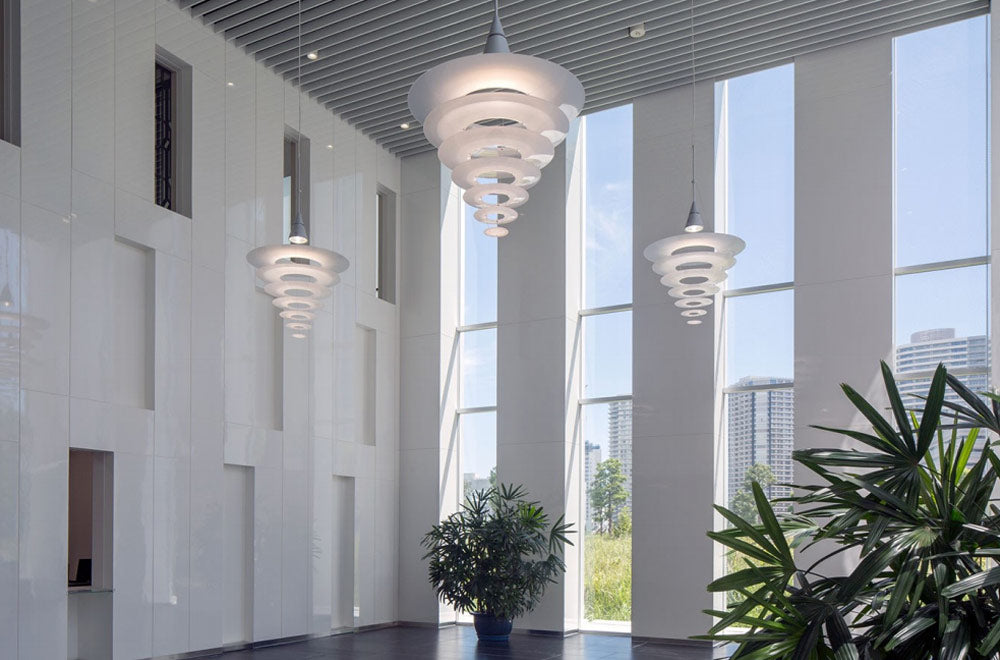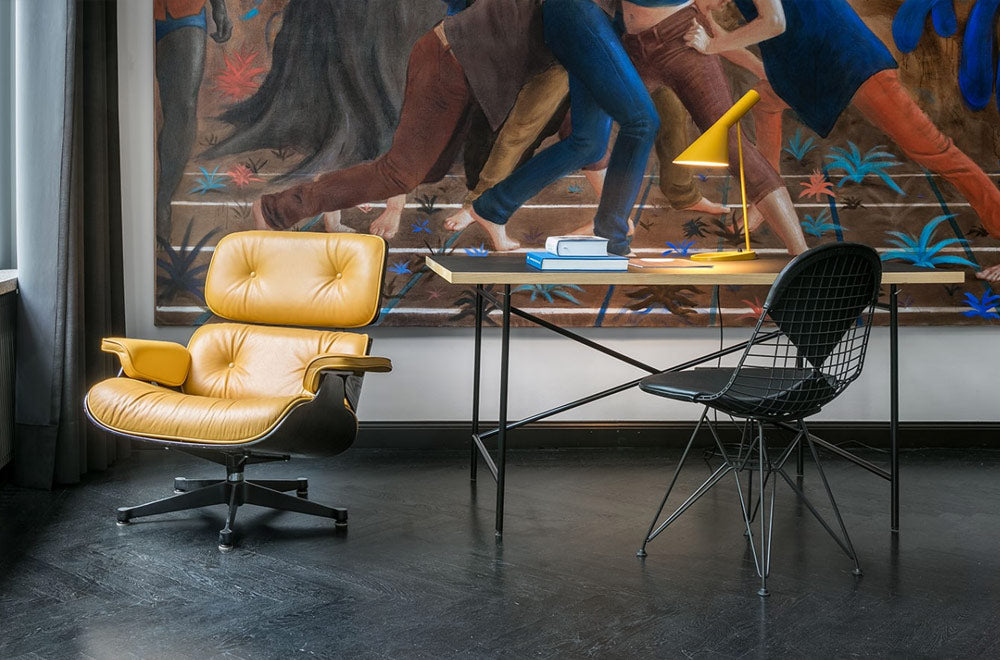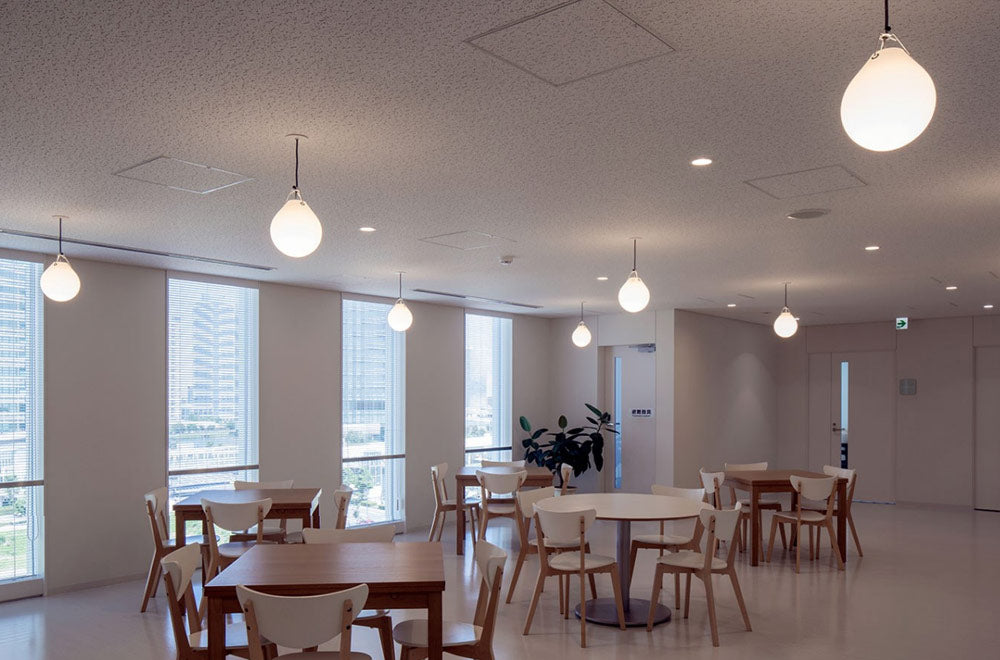The fixture emits a glare-free, diffused light. The triple-layered opal glass provides a pleasant and uniform illumination of the area around the fixture. The lamp shade can be tilted 90 degrees to the right or left, which allows for flexible light distribution.
150dia x 200L mm
Light source G9
Surface: Matt black, wet painted. White opal glass, glossy. Materials: Housing: Aluminum. Glass: Mouth-blown, 3-layered opal glass, glossy. Cord length: 2.5 m. Cord type: Black plastic with plug. Switch: Electronic dimmer on cable for regulation of light brightness (requires suitable light source). Glass can be unscrewed to change the light source. Can be positioned on the ground as floor lamp or as table lamp as required.
Vilhelm Lauritzen (1894–1984) is one of the most significant architects in the history of Denmark; he was the trail-blazing figurehead of Danish functionalism. A number of his buildings – Nørrebro Theatre (1931–32), Daells Varehus department store (1928–35), Radiohuset (1936-41) and the first airport built in Kastrup (1937–39) – represented the concentrated essence of contemporary life. Other significant buildings to stem from Lauritzen’s drawing board include Folkets Hus (1953–56) better known today as the Vega concert venue, the Shellhuset (1950–51) building and the Danish embassy in Washington (1958–60). In particular the Radiohuset building and the earliest version of Kastrup Airport – both listed today – are considered peerless monuments to modernism in the European genre of construction.














